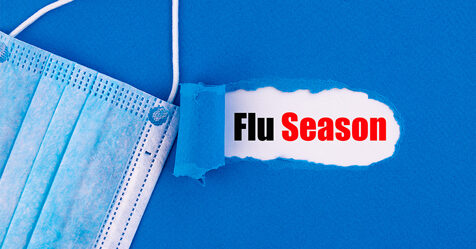This Editor’s Note appeared in September 2021 issue of CMM.
We have shared a lot of information about cleaning best practices to abate the coronavirus during the past 18 months such as practicing good hand hygiene, wearing proper personal protective equipment, and following the correct disinfection protocols. We’ve heard and read a lot about adhering to dwell times, cleaning high-touch surfaces, and shifting our focus to “clean for health,” not only for appearance.
I’ve noticed this important discussion about cleaning for health is almost always focused on the health and safety of building occupants. We clean for the health of the students in schools, for the workers returning to offices, and for the patrons of restaurants and stores that our economy depends on. What is often left out of the discussion is a focus on the health and safety of the cleaning workers.
With the increased amount and frequency of cleaning required, custodial workers have put their lives in harm’s way more than ever before—not only through exposure to this deadly virus but through more exposure to cleaning chemicals and potential accidents from avoidable mistakes—in their attempt to hurry up and keep our spaces safe.
In our September cover story, we shine a light on how to prevent cleaning chemical mistakes. When working with cleaning and disinfecting chemicals, it’s often the little things that trip people up, according to Mark Warner, former education manager at ISSA and current national sales manager at The Bullen Companies.
Warner and others offer some basic, but often overlooked, steps for handling chemicals properly and reducing the risk of accidents. With high employee turnover rates in our industry, we must share and repeat these basics often. Even the most seasoned cleaning workers could use a refresher course. A poster on the wall of your custodial closet probably won’t cover your bases.
The 54% of Americans who are fully vaccinated against the coronavirus understand taking the shot is our best bet to ward off this deadly disease. However, proper cleaning is recognized as an essential part of the solution to this monumental public health crisis. We must not only train and educate our frontline cleaning workers to clean for safety, but we must also do our part in keeping them safe. When they are safe, we all are safe.



